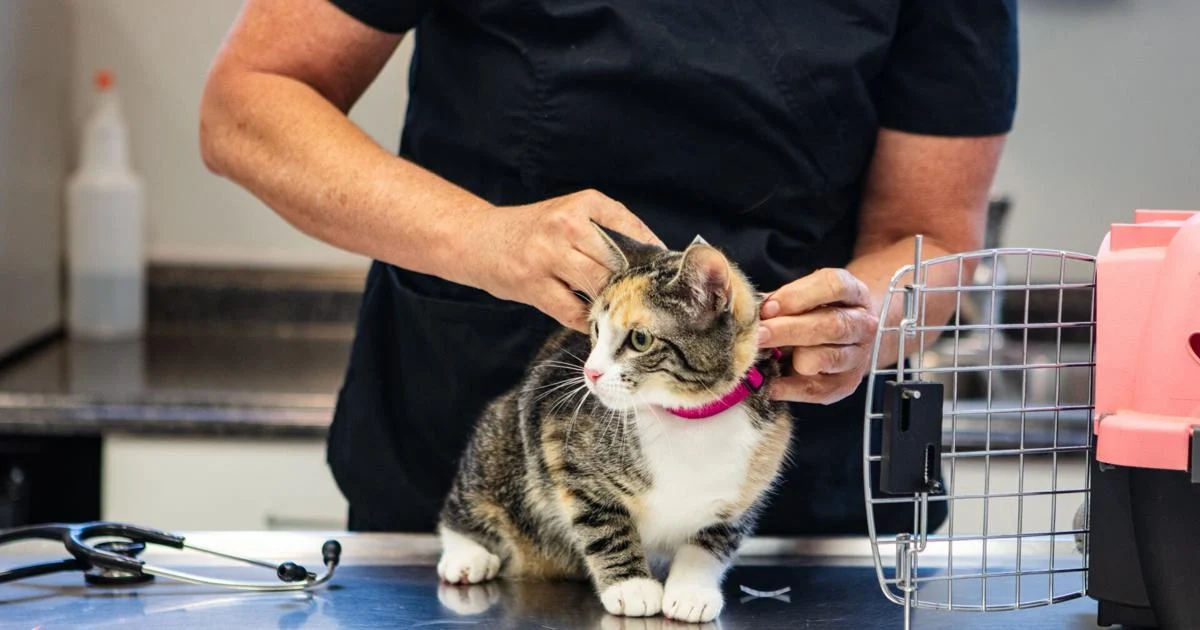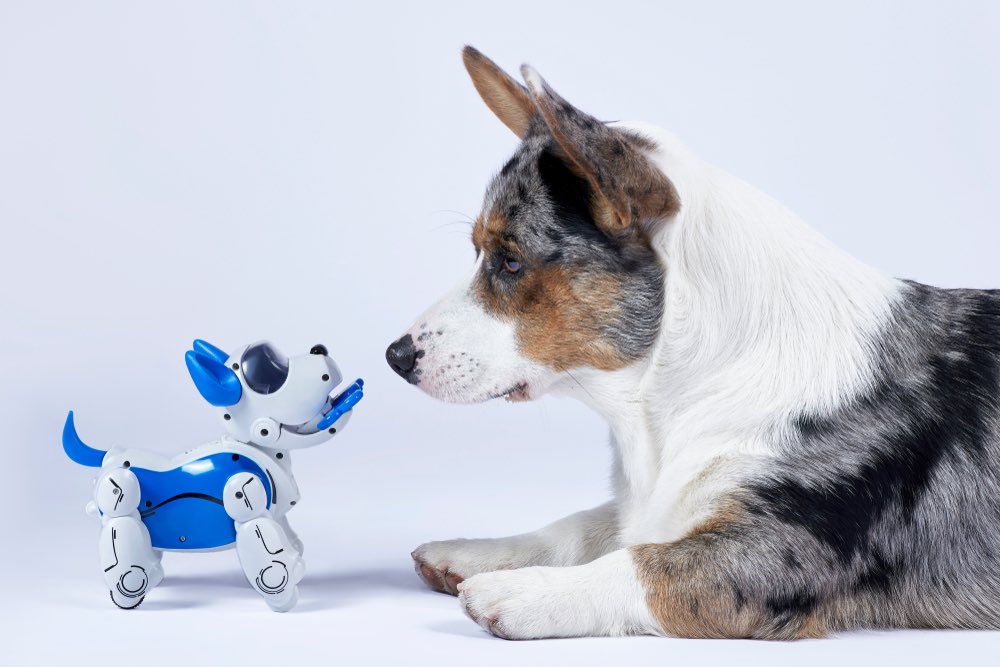
Technology has played a significant role in addressing the issue of pet overpopulation. From the use of microchips for identification to advancements in spay and neuter procedures, technology has helped to reduce the number of stray and unwanted pets in communities. In this article, we will explore the various ways in which technology is helping to solve pet overpopulation.
Advancements in Spay and Neuter Procedures

Another way technology is helping to solve pet overpopulation is through advancements in spay and neuter procedures. In the past, spay and neuter surgeries were invasive and required a significant recovery period for pets.
However, with the advent of laparoscopic and robotic surgical techniques, spay and neuter surgeries are now less invasive and have a faster recovery period. This has made it more feasible for pet owners to have their pets spayed or neutered, which helps to reduce the number of unwanted litters.
Online Pet Adoption Platforms

Technology has also played a role in making it easier for people to adopt pets. Online pet adoption platforms, such as Petfinder and Adopt-a-Pet, allow potential adopters to search for pets in their area and view photos and information about the animals.
This makes it easier for people to find the perfect pet for their lifestyle and helps to reduce the number of animals in shelters. Additionally, online pet adoption platforms also make it easier for shelters and rescue organizations to promote their adoptable pets and find homes for them.
Telemedicine for Pets

Technology has also helped to improve the health and well-being of pets through the use of telemedicine. Telemedicine for pets allows pet owners to consult with veterinarians remotely, either through video conferencing or messaging.
This makes it more convenient for pet owners to access veterinary care, and can help to reduce the number of pets who are surrendered to shelters due to lack of access to veterinary care.
Additionally, telemedicine can also be used to remotely monitor the health of pets who have chronic conditions, such as diabetes or heart disease, which can help to keep them healthy and out of shelters.
Microchipping
One of the most effective ways to address pet overpopulation is through the use of microchips. Microchips are small, rice-sized devices that are inserted under the skin of a pet and contain identifying information.
If a pet is lost or stolen, a microchip can be scanned, and the owner can be located. This helps to increase the chances of lost pets being reunited with their owners and reduces the number of stray animals in communities. Products from Petstop are also very effective in ensuring the safety of the pets, especially for those pet owners who have a busy schedule outside the house.
Impact of Pet Overpopulation

Pet overpopulation is a serious issue that has a negative impact on both animals and communities. Stray and unwanted pets can spread diseases, cause traffic accidents, and damage property.
They can also create a nuisance for residents by barking, digging, and defecating in public areas. Additionally, pet overpopulation puts a strain on animal shelters and rescue organizations, which can be overwhelmed by the number of animals in their care.
Challenges in Addressing Pet Overpopulation
Addressing pet overpopulation is a complex issue that requires a multifaceted approach. One of the main challenges is convincing pet owners to have their pets spayed or neutered. This can be difficult, as some pet owners may not be aware of the importance of spay and neuter surgeries or may not have the financial resources to have the procedure done.
Another challenge is finding homes for the large number of stray and unwanted pets in communities. Animal shelters and rescue organizations are often overwhelmed by the number of animals in their care, and many animals may have to be euthanized due to lack of space.
Role of Technology in Addressing Pet Overpopulation
Technology has played a significant role in addressing pet overpopulation by making it easier for pet owners to have their pets spayed or neutered and by making it easier for people to adopt pets. Additionally, technology has also helped to improve the health and well-being of pets, which can help to keep them out of shelters.
Future Developments in Technology for Pet Overpopulation

As technology continues to advance, it is likely that even more effective solutions will be developed to address pet overpopulation. For example, new technologies such as DNA testing may be used to identify the breeds of stray animals, which can help to match them with appropriate adapters.
Additionally, data analytics may be used to track the number of stray and unwanted pets in communities, which can help to develop more effective strategies to address pet overpopulation.
Moreover, Artificial Intelligence and machine learning may be used to predict the number of stray and unwanted pets in the future to prevent overpopulation. Also, use of drones for spaying and neutering stray animals in remote areas and making use of robots for animal welfare and rescue operations are some of the future possibilities.
In conclusion, while technology has already played a significant role in addressing pet overpopulation, there is still much work to be done. However, with the continued development of new technologies, it is possible that even more effective solutions will be developed in the future to address this important issue.

















